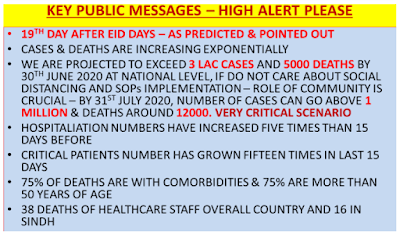By Tanzeel Rauf Farooqui
(Pakistan News & Features Services)
(Pakistan News & Features Services)
Over the past few days, we have witnessed disagreements between the Sindh government and the All Private Schools and Colleges Association, Sindh.
The Minister for Education, Sindh, Saeed Ghani withdrew the earlier announcement of the department for opening educational institutions from June 1 due to the constant and arguably increasing threat of the Coronavirus.
The spokesman for the provincial government, Barrister Murtaza Wahab pointed out that 1,128 cases of coronavirus were of children below the age of 10 in Sindh, which shows that curve of the virus has unfortunately not flattened yet.
However, the All Private Schools and Colleges Association Sindh’s chief has demanded for the schools to be allowed to be reopened from June 15.
He has contended that the implementation of the SOPs of the government did not require any rocket science and further went on to say that sanitizers, disinfectants, thermal guns and face masks could be arranged in every school and college.
It is the bitter truth that due to the closure of the educational institutions, not only are children were suffering from acquiring education but so were the employees of the educational institutions who also faced prospects of unemployment.
However, as citizens of a developing country, all of us know that it is arguably next to impossible for every educational institution across the province of Sindh to effectively implement the SOPs put forth by the government.
Here we arrive at the harsh reality in deciding whether to prevent our children from contracting the cureless virus or to save the jobs of the employees associated with the schools and an academic year of the students.
Tough times call for tough decisions and necessity warrants that educational institutions should remain closed until the curve of coronavirus was flattened in order to ensure not only the safety of our children but also to successfully eradicate the novel coronavirus from the province.








